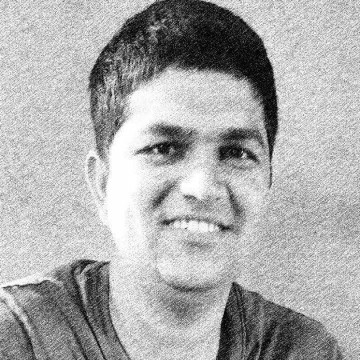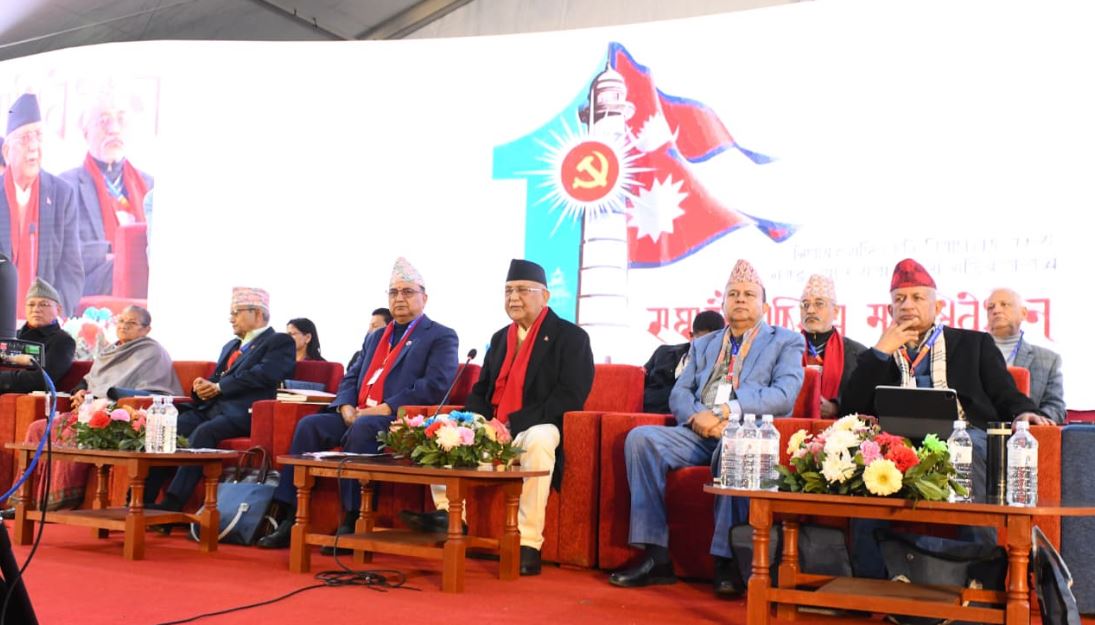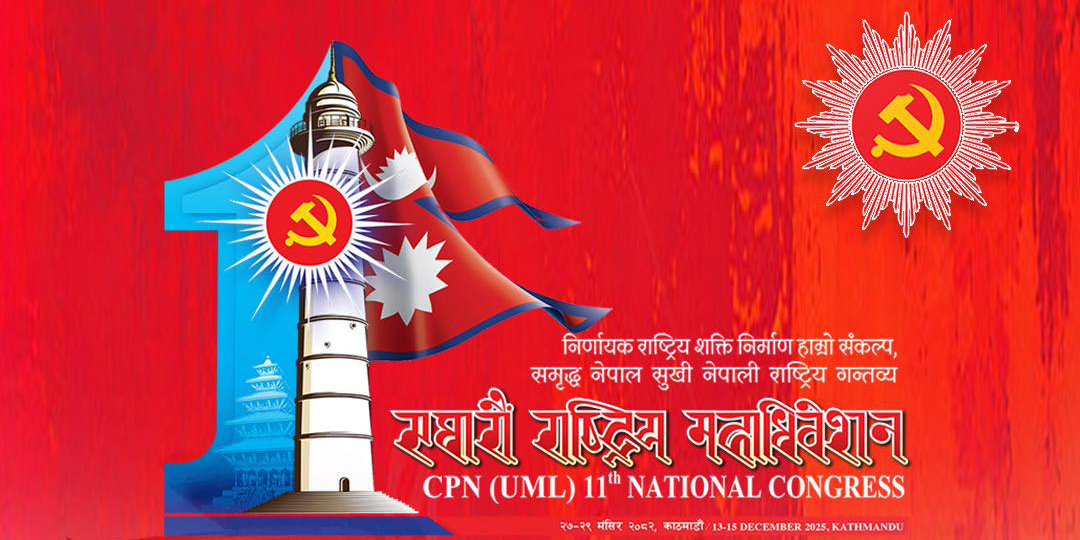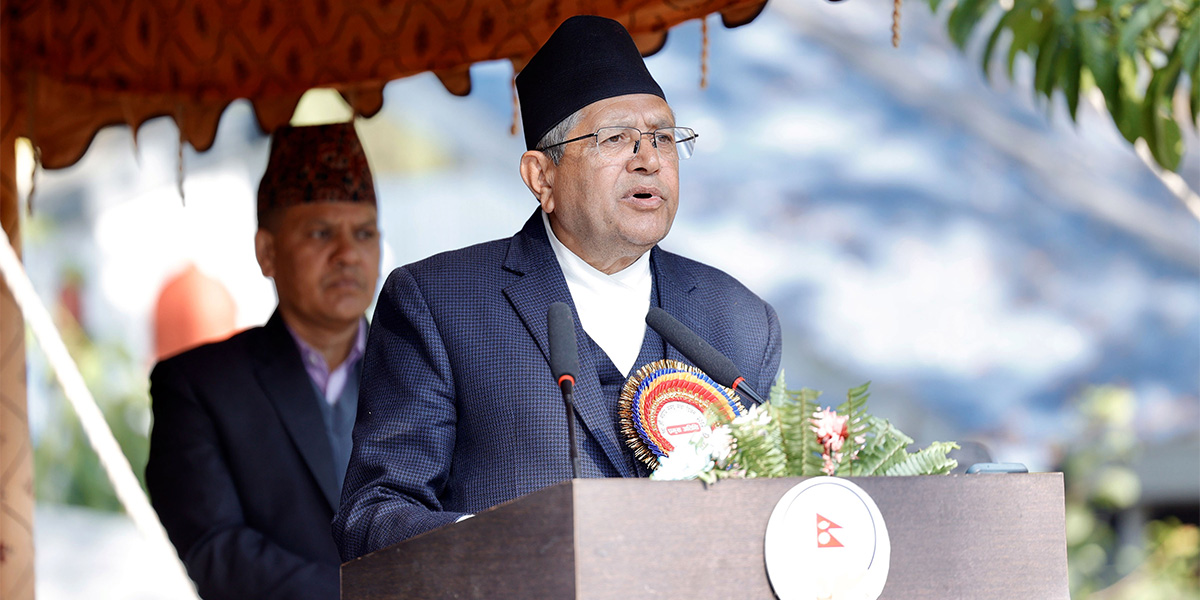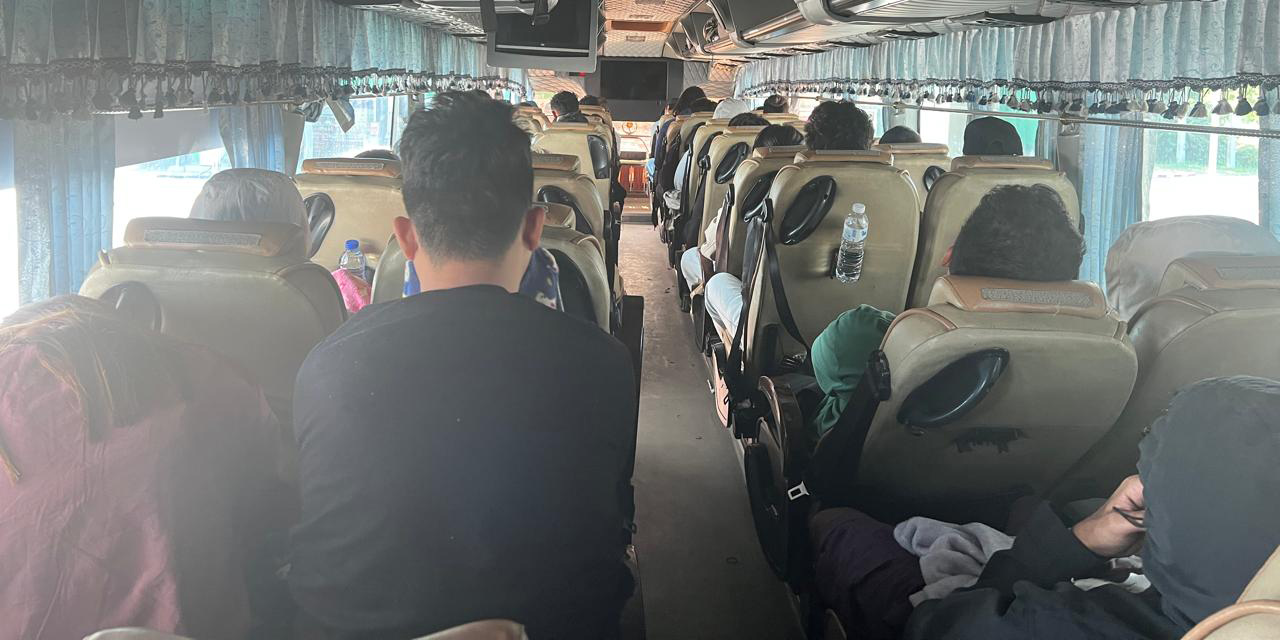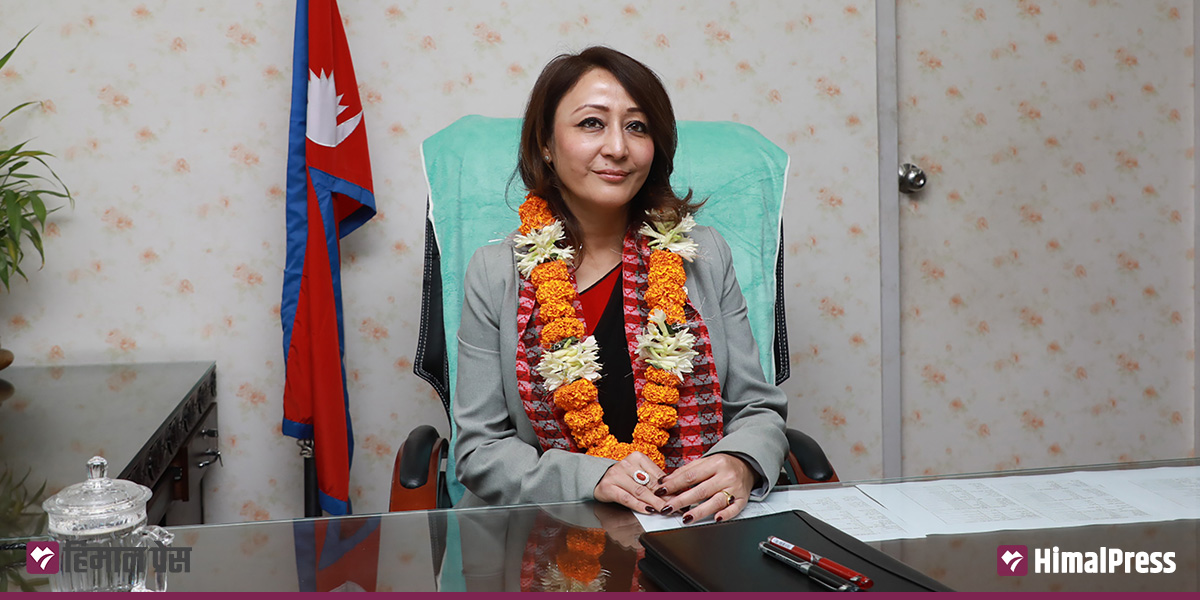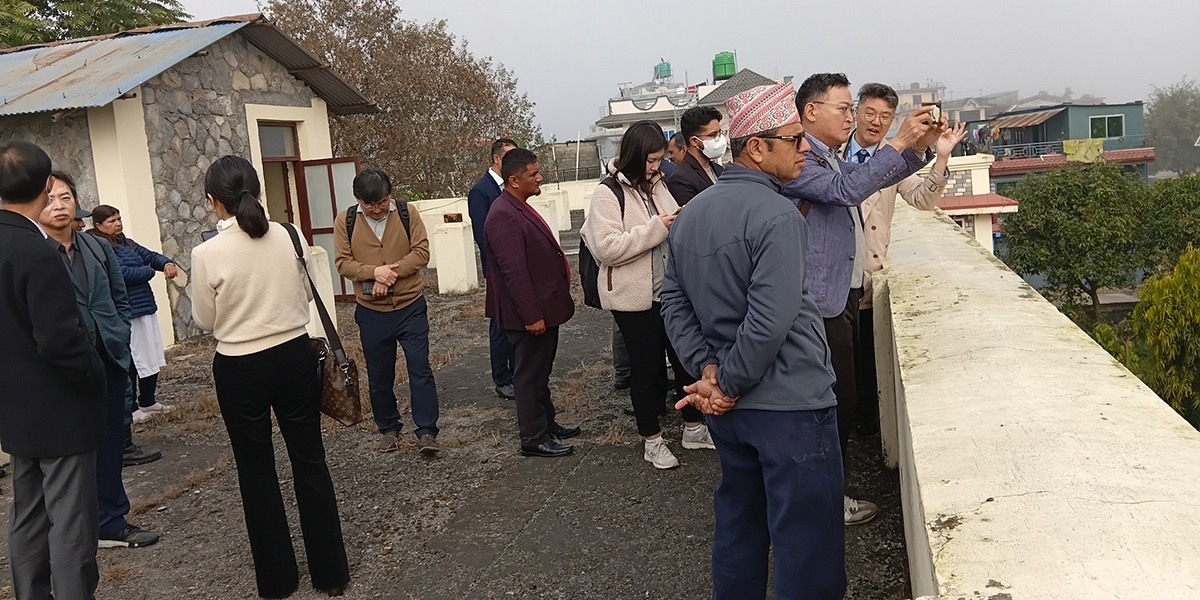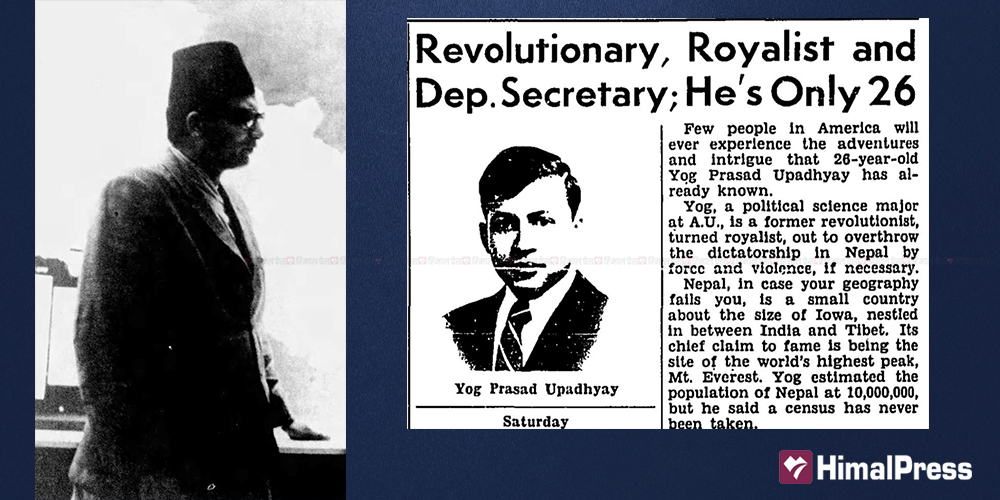
Nepal and the US formally established diplomatic relations with the signing of the Friendship and Commerce Agreement on April 25, 1947. In February 1948, the two countries announced to open their legations in each other’s countries. On February 3, 1948, Nepal designated its ambassador to the United Kingdom, General Kaiser Shumsher, as Envoy Extraordinary and Minister Plenipotentiary to the United States. He submitted letters of credence to President Harry Truman in Washington on February 19. Similarly, Truman on February 11, 1948, named US Ambassador to India, Dr Henry F Grady, as the US ambassador for Nepal. Grady presented his letters of credence to King Tribhuvan on May 3 of the same year.
By establishing diplomatic ties with the US, Prime Minister Padma Shumsher had hoped to develop the country’s economy by bringing capital and technology from the US. Likewise, Nepal was looking for a strong ally like Britain which ended its colonial rule in India with the end of the Second World War. Nepal needed another ally also to maintain a power balance in the region as India which was about to become an independent nation.
After the end of the Second World War, President Truman brought the Marshall Plan, a development assistance program, for the economic recovery of Western Europe which had been devastated by the Second World War. Many Asian countries were also expecting support under the program. Nepal was one of them. Later, President Truman launched the Point Four aid program to provide technical assistance to developing nations. Nepal was also a beneficiary of the program.
The Point Four assistance agreement between Nepal and the United States was signed in New Delhi on January 23, 1951.
The Point Four assistance agreement between Nepal and the United States was signed in New Delhi on January 23, 1951. Singha Shamsher, the Nepali Ambassador to India, signed the agreement on behalf of the Government of Nepal, while Loy W. Henderson, the US ambassador to India, signed on behalf of the United States government. A six-member technical team led by Paul Rose cam to Nepal in January, 1952, as part of the program. The team set up its office at Ravi Bhavan.
The Fulbright Scholarship Program of the US government is also connected to the same program. Fulbright is an academic exchange program for foreign students in the United States.
After the implementation of the Point Four program in Nepal, Nepalis also started going to the US for technical training and studies. Under the program, in 1953, two young people in the government service got the opportunity to visit the US for higher studies. They were Deputy Secretary of the Ministry of Transport Ram Chandra Malhotra and Deputy Secretary of the Ministry of Defense Yog Prasad Upadhyay. The two left for the US on February 6, 1953. According to the government records, they were provided $600 and 50 pounds sterling each. At that time, the monthly salary of a deputy secretary was Rs 350.
As the Nepal Rastra Bank had not yet been opened, foreign currency needed for Malhotra and Upadhyay was exchanged through the Government of India. The Ministry of Finance, the Ministry of Foreign Affairs, the Indian Embassy in Nepal and the Nepali Embassy in Delhi were active to arrange foreign currency facility for the two youths. It was not easy to exchange US dollars in Nepal at that time as India was providing a quota for such exchange.
India used to give a lot of trouble to provide currency exchange for Nepali students selected for abroad study under the Point Four Program and later the Colombo Plan. The government used to provide airfare and living expenses to students going abroad to study in US dollars as per the pay scale in Nepal.
Few Nepalis had visited the US under the Point Four Program before Malhotra and Upadhaya. However, they had visited the US for training. Malhotra and Upadhyay were the first Nepalis to receive higher studies in the US. That is why they are the first Fulbright scholars of Nepal.
While Malhotra studied at Syracuse University, Upadhyay was a student of political science at the American University. Some materials about him were published in the university newspaper. No further information, however, is available about Malhotra.
Yog Prasad Upadhyay was born in 1927. He joined the Nepali National Congress in 1947. Upadhyay, who was an active participant in the 1950 revolution, entered the administrative service after the introduction of democracy in the country. He was 26 years old when he was selected for the scholarship.
Two deputy secretaries in the government service, Ram Chandra Malhotra and Yog Prasad Upadhyay were selected for the Fulbright program in 1953.
In its February 20, 1953 issue, The American University Eagle – the university’s official publication – published an article on Upadhaya with the heading ‘Revolutionary, Royalist and Deputy Secretary, He is only 26’.
“Few people in America will ever experience the adventures and intrigue that 26-year-old Yog Prasad Upadhyay has already known. Yog, a political science major at American University, is a former revolutionist, turned royalist, out to overthrow the dictatorship in Nepal by force and violence, if necessary.”
After returning from the US, the two became active in the government’s administrative service. Malhotra also served in Nepal’s permanent mission to the United Nations. He took retirement after serving as a secrtary in different ministries.
After his retirement, Upadhyay became active in politics. He was the Minister for Home Affairs in the cabinet formed after the 1990 movement. He briefly served as the Minister of Education in the Krishna Prasad Bhattrai-led government in 1999.

